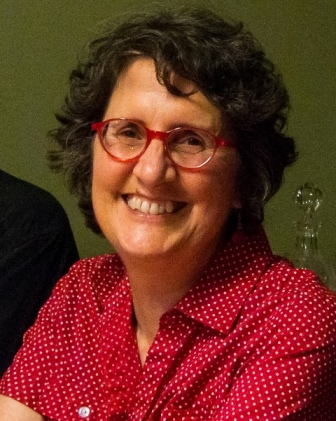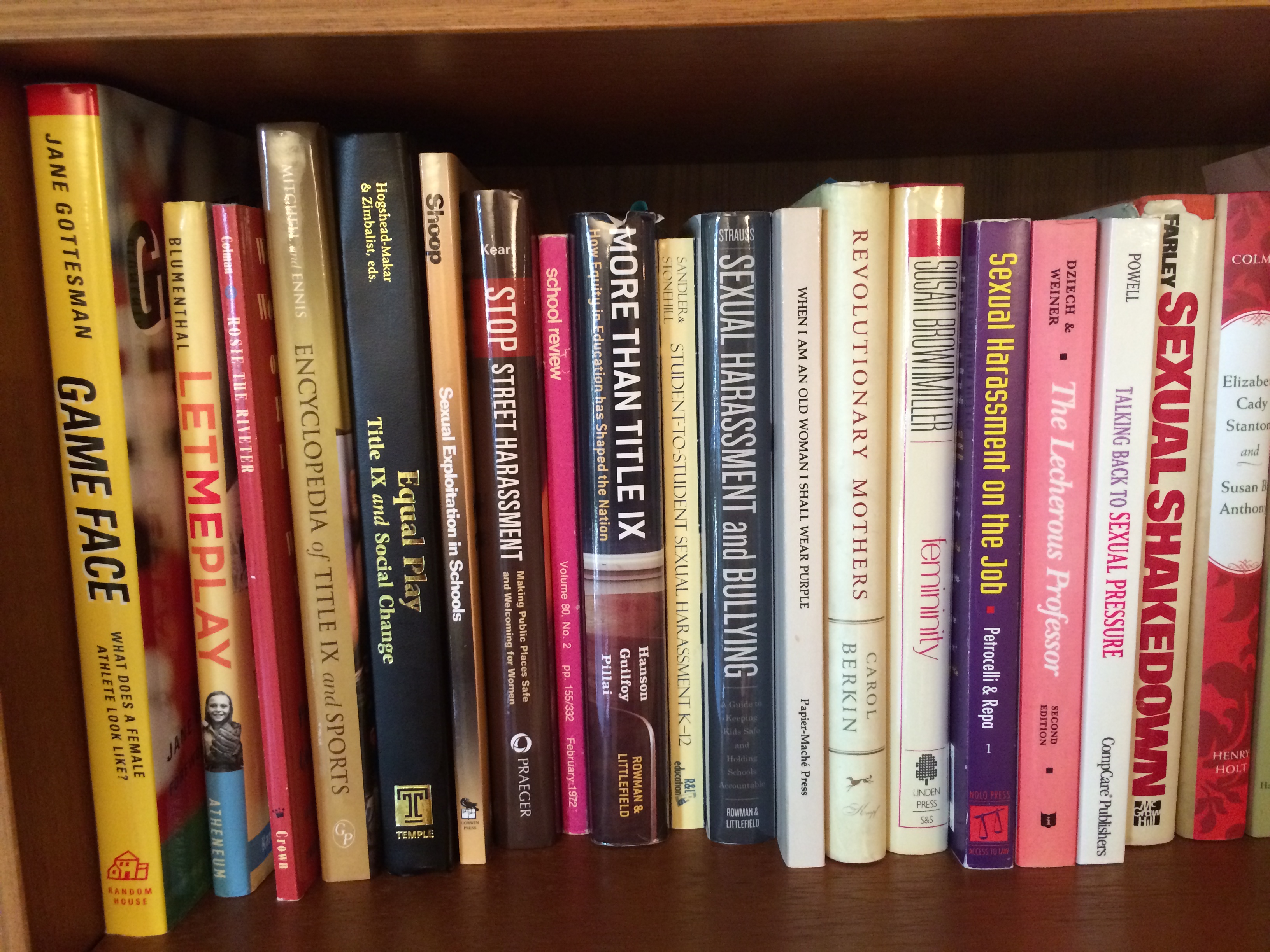Name it to change it
(Video: Title IX expert Bernice Sandler on why words matter.)
We swim in a sea of cultural assumptions. Norms surround us like the air we breathe, scarcely noticeable until we find them toxic, and then hard to explain to someone who isn’t feeling their poisonous effects.
Parting the sea, cleaning the air of sexist assumptions takes time and effort, and even the cleaners may feel residual toxic effects. Women from the early history of Title IX have described to me insecurities from internalizing the sexism around them in the late 1960s and early 1970s. Bernice Sandler initially believed a colleague when he told her she couldn’t get a faculty job because “you come on too strong for a woman.” U.S. Representative Patsy Mink’s daughter, Gwendolyn, received a letter from Stanford University rejecting her application for undergraduate admission explaining that the university limited females to 40% of incoming students, and she didn’t make the cut. The letter stung, she said, because she felt she wasn’t a good enough female, not because of the unfair allocation of acceptances for men. Long after being appointed the first assistant secretary for civil rights in the U.S. Office of Education, Cynthia Brown had a hard time trusting that she was chosen on her own merits rather than for her connections with male colleagues.
Identifying the stink that surrounds us is essential to changing it.
One of the reasons that athletics became the most notorious topic of arguments over how to implement Title IX is that it’s visible. Many people share common images and words for sports. Many people watch or play sports. Sex discrimination in science and math is harder to describe. “It’s like trying to describe a circular staircase without using your hands,” said Margot Polivy, who was the legal representative for the Association for Intercollegiate Athletics for Women.
Sandler remembers, when she was an undergraduate, chatting with a group of women and hearing about a female student at New York University who had “slept with” eight men at a party. The only way they could fathom that was to think, “My god, she must have been a nymphomaniac!” There were no words then for gang rape. There was no understanding of date rape. Sexual assault was something done by strangers coming out of the darkness.
Today we swim in our own assumptions. Students interviewed in this San Francisco Chronicle article about a Stanford University man who raped an unconscious woman talk about alcohol and party culture and how “these things can happen when student judgment is impaired.” Whose judgement? The rapist’s? That’s like saying that a man shot an innocent bystander and, well, he had been drinking, so can you blame him? Or did they mean the victim’s judgement? Nowhere in the article does it say why she was unconscious. Did she drink too much? Did someone drug her? Did she have a medical problem? More importantly, does it matter? She attacked no one. The rapist attacked her. Why aren’t these students talking about the rapist’s character, or about the environment that lets these students think there is any situation in which it’s understandable that a man would rape a woman?
Like earlier concepts not widely understood until they were named — sex discrimination, gang rape, internalized sexism — these cultural assumptions have been named: victim-blaming, and rape culture. Apparently, though, they’re not yet well learned.
(Video: Excerpt from a July 2014 interview with Bernice Sandler.)





